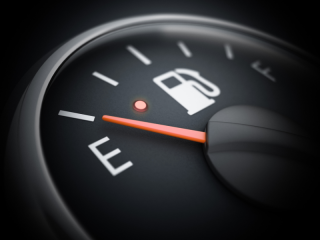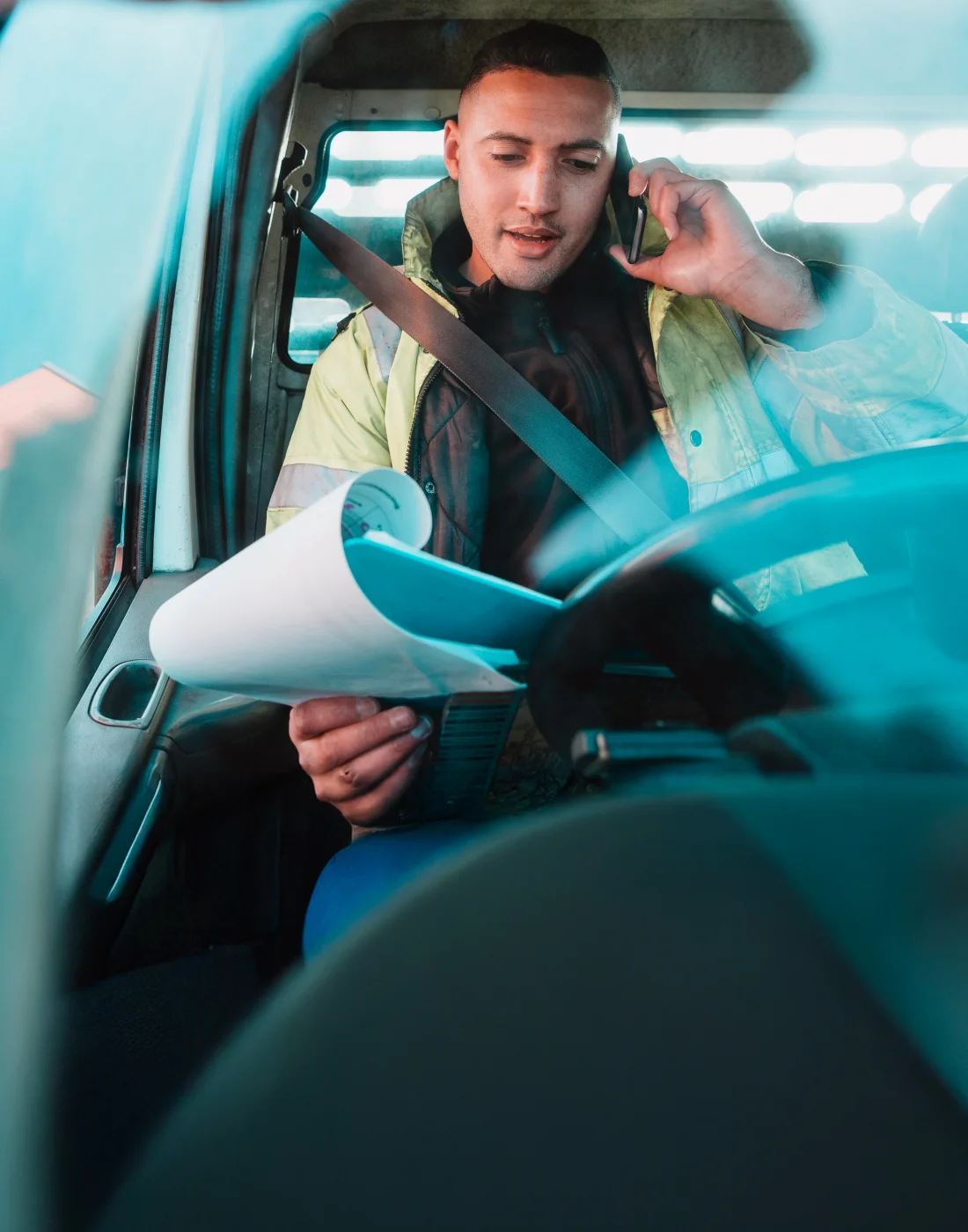
We have all been there, watching the fuel light flick on and wondering “how many miles can you drive on empty?”. Whether you are on the motorway with no services in sight or just trying to stretch your budget to payday, it’s a common question that comes with a surprising amount of risk.
Let’s break it down.
So… how many miles until the petrol light comes on?
The short answer? Most cars can drive between 30 and 50 miles once the fuel warning light appears. But the honest answer depends on a few key things, including your car’s make and model, your driving style, and road conditions.
For example:
A Volkswagen Golf may manage around 40 miles after the light comes on.
A Ford Focus could squeeze out 30–40 miles.
Larger vehicles, like SUVs, might offer even less wiggle room.
Still not sure what your car can do? This guide from FleetGo gives estimates for different models and how reserve tanks work.
If you are driving a company car or managing a fleet, take a look at some fuel card options to better manage your vehicle use and cost.
How many miles in a reserve tank?
Most modern cars have a reserve fuel capacity of around 10–15% of the total tank size. That means if your tank holds 50 litres, you might have 5–7.5 litres left when the light comes on - just enough to get you to the next fuel station… hopefully.
But relying on this buffer regularly? Not a clever idea.
With a fuel card, you can plan ahead and access nationwide fuel stations, so there is no need to run on empty.
What affects how far you can go?
Plenty of factors can shrink or stretch those final miles:
Driving speed: Higher speeds burn more fuel.
Weather: Cold or windy conditions increase resistance and reduce fuel economy.
Weight: A heavily loaded car uses more fuel, especially uphill.
Route type: Stop-start city driving eats fuel quicker than steady motorway speeds.
Compare the Market points out that even tyre pressure can impact your range on empty.
Quick tips to stretch every drop of fuel
If you’re pushing towards a station (or just want to save fuel full stop), here are a few smart driving hacks:
Ease off the accelerator and drive smoothly.
Limit use of air-con or heating.
Keep tyre pressure topped up.
Empty the boot of unnecessary weight.
Stick to steady speeds, ideally under 60mph.
For more details, check out our full Fuel Saving 101 guide.
Why you shouldn’t run on empty regularly
Driving on fumes might feel like a game of risk and reward, but it’s one you don’t want to lose. Here’s why:
It can damage your fuel pump. When fuel runs low, sediment in the tank can clog components and cause overheating.
It reduces fuel efficiency. A near-empty tank forces your engine to work harder.
Breakdowns are expensive. Wilsons note that repairs from running dry can cost far more than a tank of fuel.
Legality and penalties of driving on empty
While running out of fuel isn’t illegal in itself, it can lead to serious legal consequences if your vehicle causes an obstruction or hazard on the road. Under UK law, this situation may be classified as:
Careless or inconsiderate driving
Obstruction of traffic
Driving without due care and attention
If your car breaks down due to fuel depletion and blocks traffic, you could face:
A fine of £100 or more
Three penalty points on your licence
In severe cases, disqualification from driving
These penalties highlight the importance of planning ahead and maintaining adequate fuel levels—especially for fleet drivers and company vehicles.
What to Do If You Run Out of Fuel
If you do find yourself running on fumes and your car stalls, here’s what to do:
Move to safety
Shift to the slow lane or hard shoulder if possible
Avoid stopping in live traffic lanes
Make yourself visible
Turn on hazard lights
Place a warning triangle 45 metres behind your vehicle
Wear a high-vis vest if exiting the car
Call for help
Use breakdown cover or contact roadside assistance
Petrol cars may be refueled with a jerry can
Diesel cars often need professional bleeding to restart
Stay with your vehicle
Unless there’s an immediate danger, remain inside for safety
Prepare for next time
Keep an emergency kit: triangle, vest, phone charger, water
Monitor fuel levels and refuel before the warning light comes on
Running out of fuel is more common than you might think, one in seven UK drivers experienced it in the past year. But with the right precautions, it’s entirely avoidable.
So, how far should you go?
Ideally, don’t let your tank drop below a quarter. That gives you breathing room, reduces stress, and keeps your car in good health.
But if you do find yourself asking; “how far can you drive on empty?”, now you know it’s not very far, and it’s not worth the risk.
Final thoughts
Whether you are driving for work, managing a fleet, or just navigating the weekly shop, staying fuel-aware keeps your journeys smoother and your car healthier.
And if you’re looking for smarter ways to save fuel (and money), we’ve got a range of fuel cards to help you manage costs and stay in control, no guesswork required.




